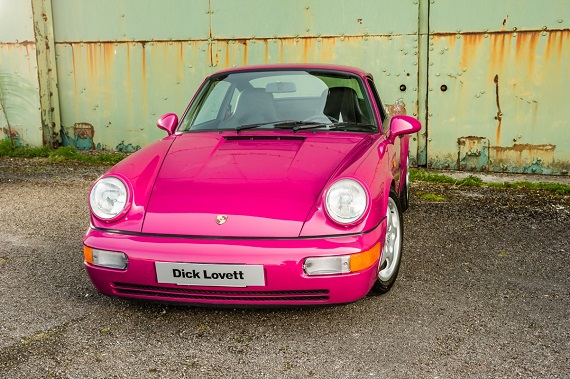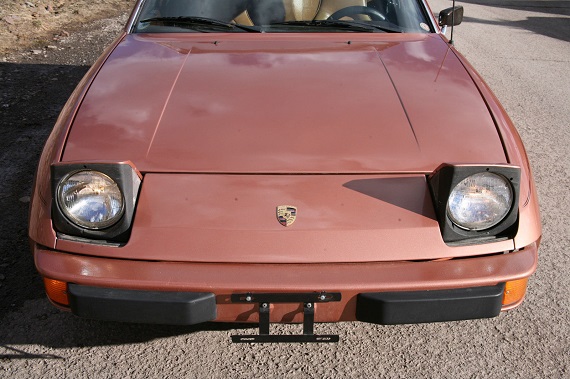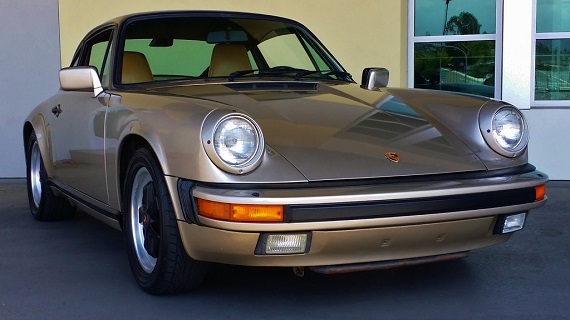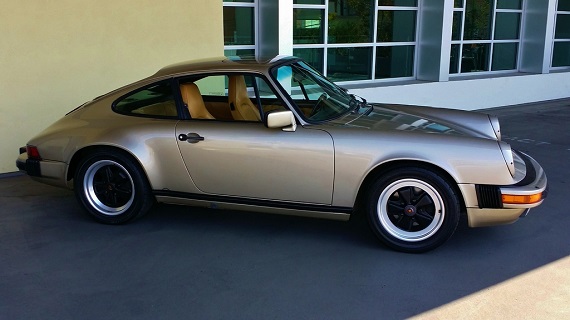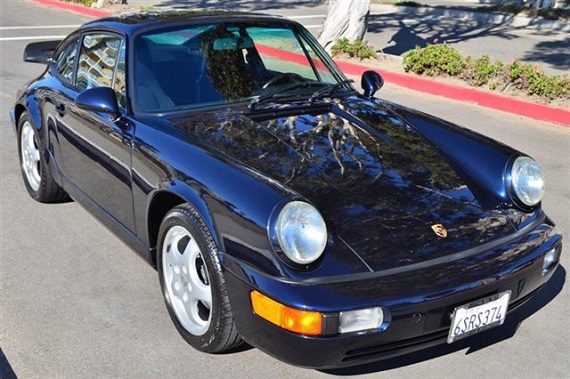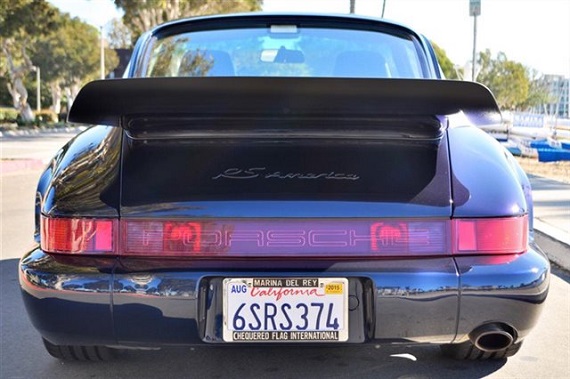
Perhaps like a neglected middle-sibling, the mid-range model of any car can live a somewhat precarious existence. Lacking the comfort or performance (depending on what sort of car we’re talking about) of the top-of-the-line model and more expensive than the entry-level model, that car in the middle can sometimes seem neither here nor there. They’re stuck and sometimes go unnoticed. For much of the 911’s life there was only the entry-level 911 or the high-performance 911S, but for the early cars we had another option: the 911E. First released in 1969, the E took many of the aspects of the 911T and simply made them better. It featured a mechanically fuel-injected flat-six engine, similar, though with less power, to that of the 911S, rather than the carbureted engine of the 911T. In addition, a more comfortable strut suspension was made available along with ventilated disc brakes, while the interior was upgraded to improve comfort and refinement. By the time we arrive at the final model year in 1973, all 911 engines had increased to 2.4 liters and featured Bosch fuel injection with the E and S being mechanically injected and the T eventually using the CIS system that later 911s would employ until 1984. During its brief run the E served as the refined, luxurious, counterpart that was to balance the decidedly sporty experience of the S and the more basic experience of the T for buyers who wanted more from their 911, but leaned toward the luxury side of the spectrum. The example we see here comes from the final model year: a Sepia Brown 1973 Porsche 911E Coupe, located in California, with 87,000 miles on it.

